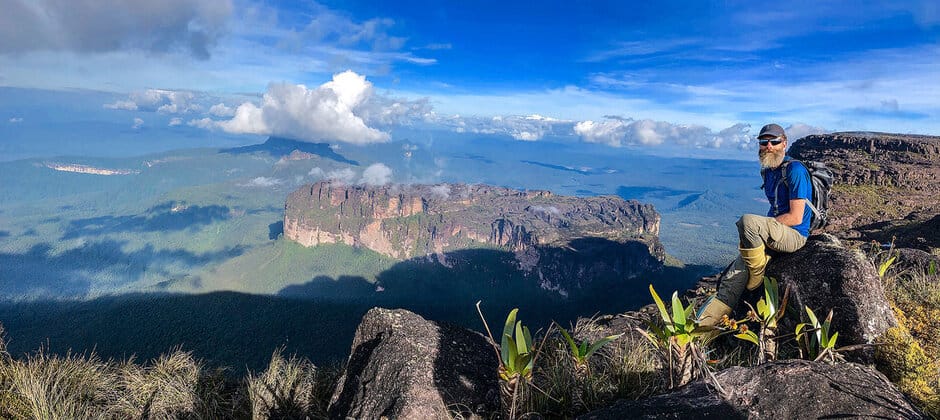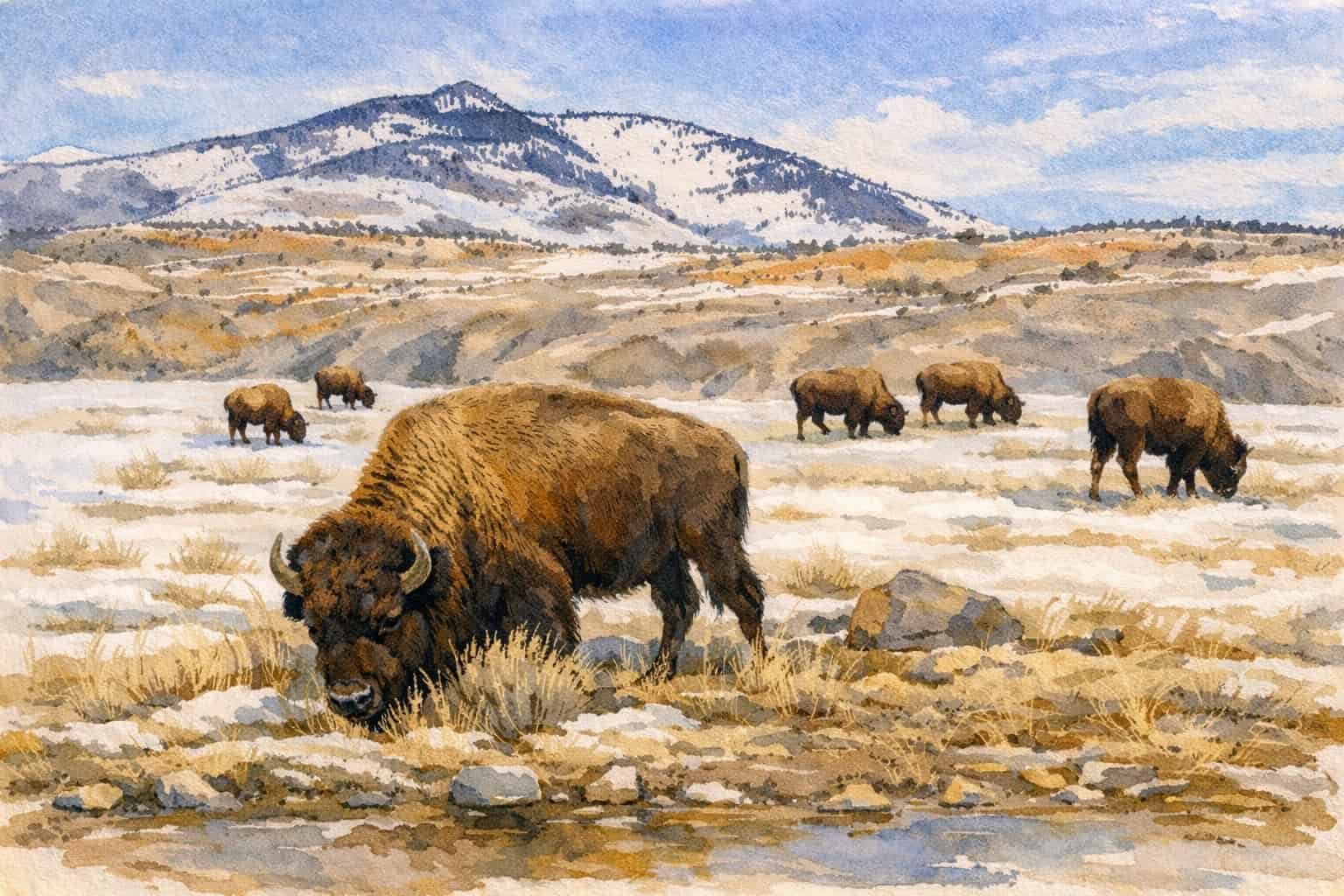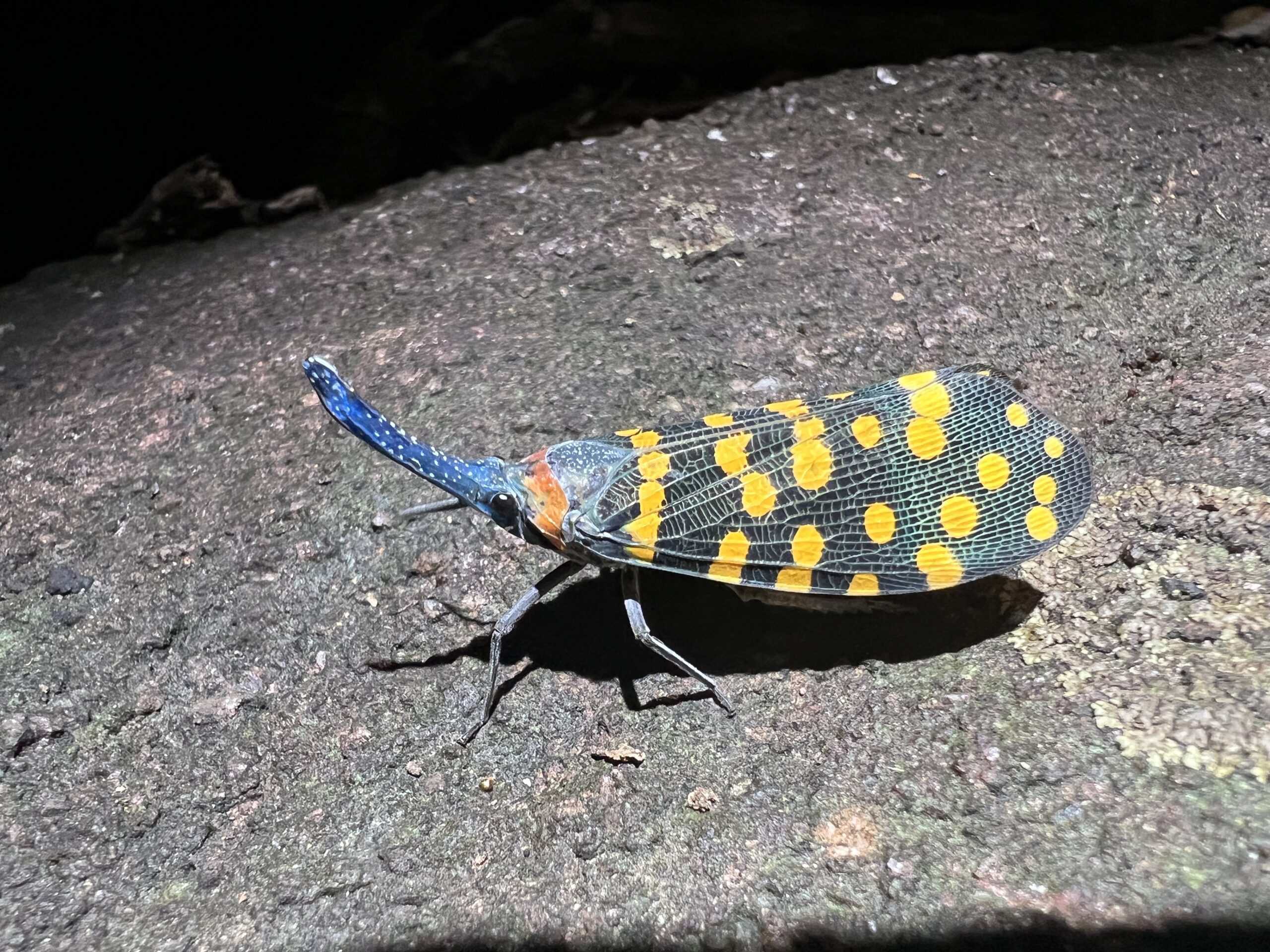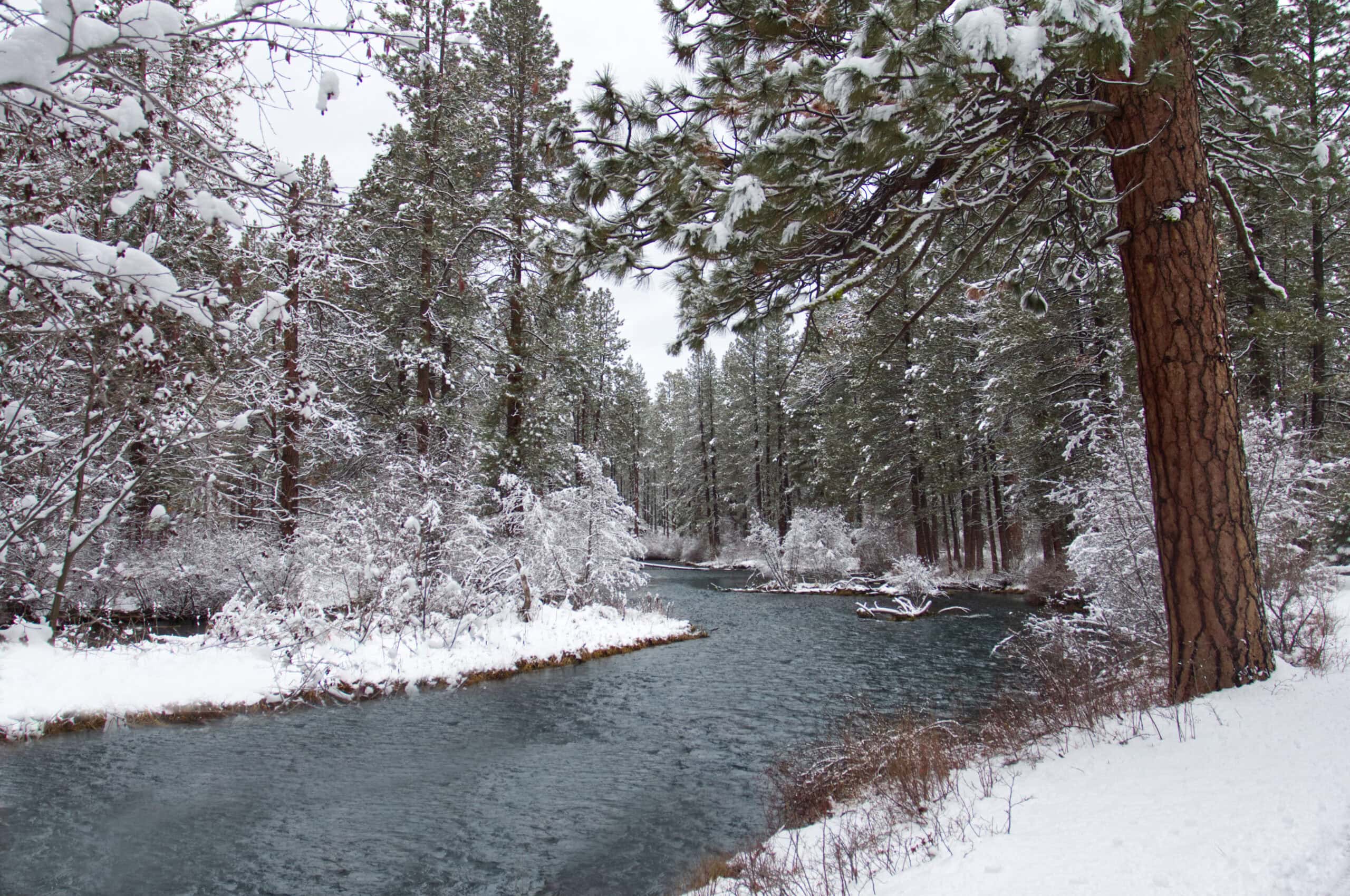Share this article
Q&A: Tourism could challenge disease refugia
Tourism can be a great way to get people interested in conservation and wildlife in general—seeing animals in their natural habitats can make a huge impression on people.
But too much love isn’t always a good thing. Wildlife managers around the world are reconsidering some of the impacts that tourism can have on natural ecological processes, whether it’s whale watching affecting mothers and calves in Peru or prey becoming more vulnerable in areas with more ecotourism.
New research published in Conservation Letters examines how tourism might also become a problem for wildlife disease refuges—the kind of places that are currently untouched by disease due to isolation or conditions that don’t favor a disease. Humans could be a vector for the transmission of maladies like Batrachochytrium dendrobatidis, a chytrid fungus that has wiped out entire species of amphibians in the wild.
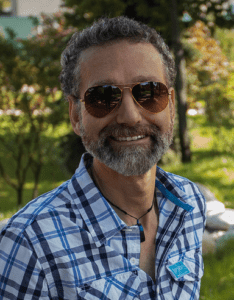
Philippe Kok is an evolutionary biologist and ecologist at the University of Łódź in Poland Credit: Bartosz Kałużny, University of Łódź
We connected with the lead author of the study, Philippe Kok, an evolutionary biologist and ecologist at the University of Łódź in Poland who studies wildlife in the Pantepui highlands region—an area rife with tabletop mountains—of southern Venezuela, Guyana and northern Brazil to discuss the issue.
Why did you start to think about the impacts of tourism on disease refugia?
I have been working on the evolution of Pantepui amphibians and reptiles for several years now—it was the subject of my PhD thesis, which I defended in the Netherlands in 2013.
Tepui summits have been completely devoid of any humans until the last 50 years or so, in part because many summits simply can’t be reached by foot or due to Tribal taboos. These places are also so inhospitable that they can’t sustain human populations. If you think about it, there are not many areas where humans have never settled, and this is an excellent opportunity to test the impact of human incursions on disease spread. Tourism, mostly uncontrolled, is increasing in the area, and several pristine areas are now regularly visited.
Another interesting aspect is that we are still not sure whether or not chytrid can spread via human feet or footwear. This is really hard to investigate because most areas in the world are populated by humans, so you don’t have a before and after.
I started to think how interesting it would be to test Pantepui amphibians for chytrid, comparing areas that never saw humans to areas where tourism is increasing. I decided to swab as many individuals and species as possible, and I teamed up with chytridiomycosis experts in Ghent, Belgium to further investigate the matter. I honestly thought that we would get negative results for the fungus, and I was surprised when we found that virtually all positive samples were from trails and camps.
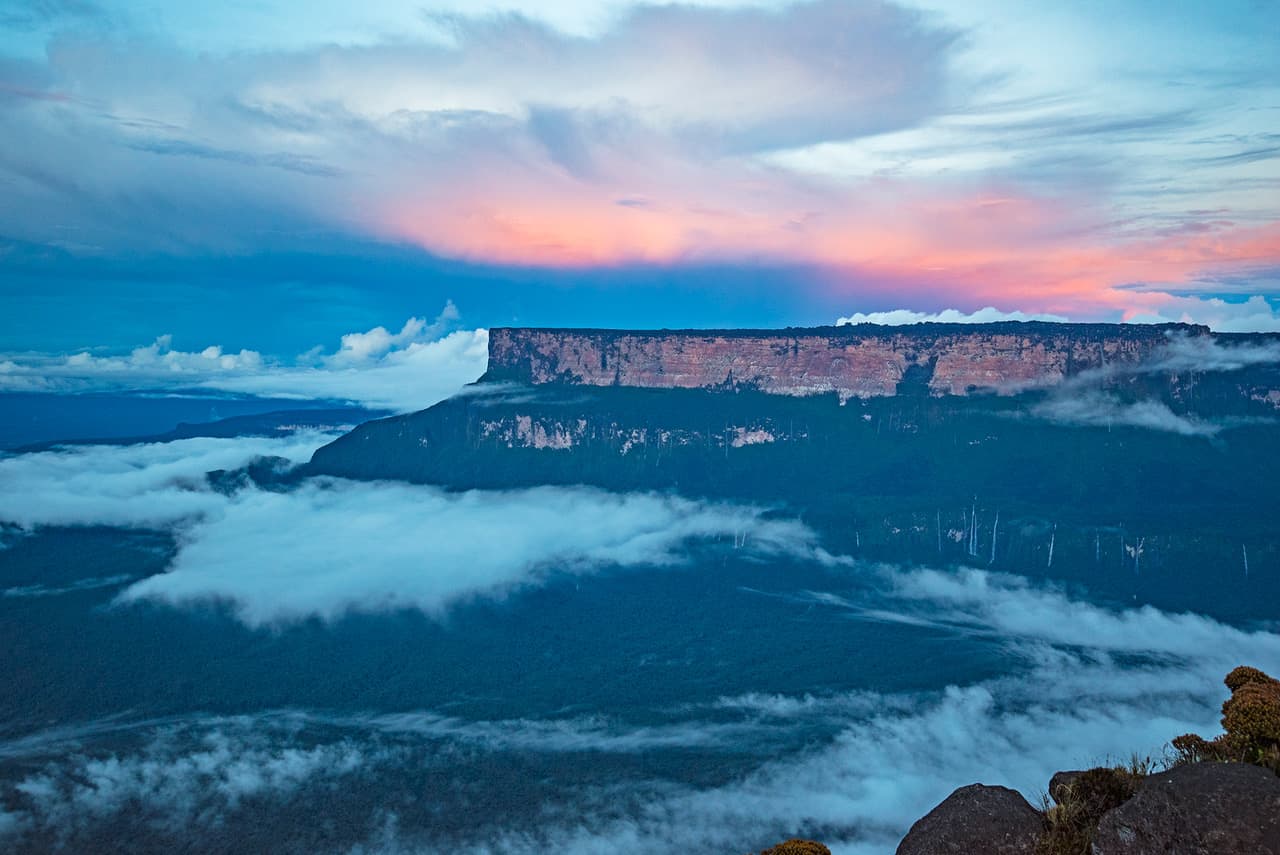
Mt. Roraima in the Pantepui region in Venezuela. Credit: Philippe Kok
How might tourism affect disease refugia?
As we show in this study, humans can spread wildlife diseases through their shoes, equipment, etc. If tourist incursions are frequent and uncontrolled, they will negatively impact populations that have never been in contact with the disease. These refugia often also harbor unique endemic taxa, which makes the situation even worse.

Researchers swabbing amphibians in the Pantepui found these frog species were infected with chytrid. Clockwise from top left, they are Scinax exiguus, Boana angelica, Oreophrynella quelchii and Boana tepuiana. Credit: Philippe Kok
How might tourism affect other types of disease refugia besides the tepui of South America?
There are other studies showing how the summit of Roraima in Venezuela and in Brazil has been badly affected by tourism. Tourists and their guides and porters defecate all over the place and have introduced new bacteria and germs. Our paper is the first one to empirically demonstrate how some animals are directly affected by tourism in the region. Another big issue is the introduction of so-called invasive species. On tepui summits, this problem mainly concerns plants at the moment. Seeds are transported on clothes and equipment, and some are introduced via food.
We showed that this happens in Pantepui and it for sure happens in many areas in the world, where it is more difficult to detect because humans are everywhere.
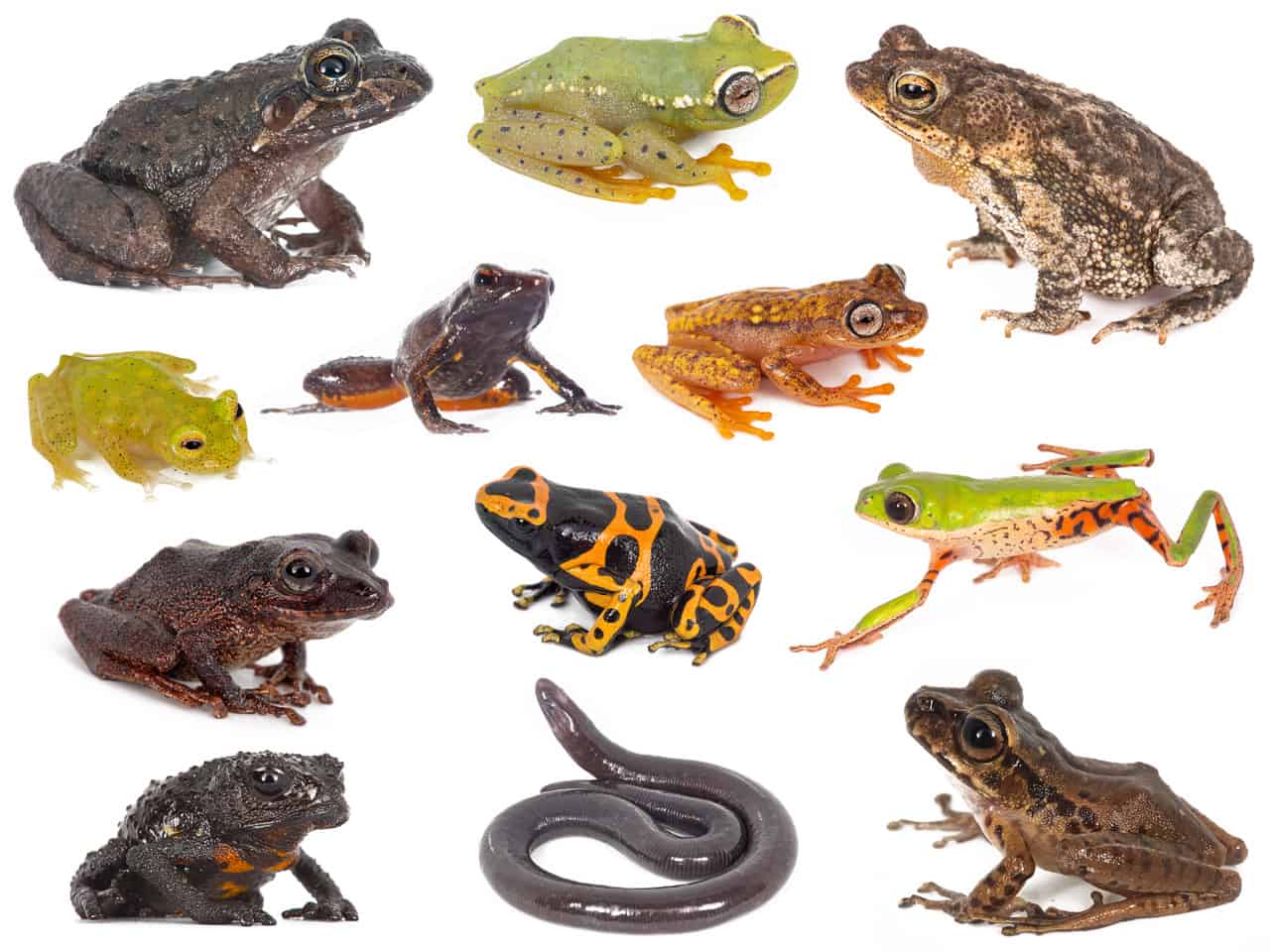
A selection of some of the species that occur in the Pantepui region of South America. Top row, from left to right: Leptodactylus rugosus, Boana jimenezi, Rhinella merianae. Second row: Hyalinobatrachium cappellei, Anomaloglossus praderioi, Boana tepuiana. Third row: Pristimantis auricarens, Dendrobates leucomelas, Pithecopus hypochondrialis. Fourth row: Oreophrynella quelchii, Rhinatrema aff. nigrum, Stefania scalae. Credit: Philippe Kok
How might some of these potential threats be mitigated?
It is actually pretty simple as far as chytrid is concerned. Visitors must decontaminate all their equipment, especially their shoes and tents. If you travel to New Zealand, for instance, shoes and tents are checked at customs and sprayed with some chemicals. The same should be done in Pantepui. Actually, it should be done everywhere! Many tourists who visit Roraima also hike to other parts of the world—the Andes for instance, where chytrid is rampant. In my opinion, in addition to decontamination protocols, the number of tourists should be regulated, and it should be strictly forbidden to defecate except for in plastic bags that are taken back to the base of the mountain. That is what my team and I do when we do scientific research on summits. We leave nothing on the summit.
Local people need to be educated about the disease and the ways to minimize the risks. We need to find funding to organize workshops in the main villages and provide decontaminants.
Header Image: Philippe Kok sits on top of a tepui mountain in Guyana. Credit: Philippe Kok



